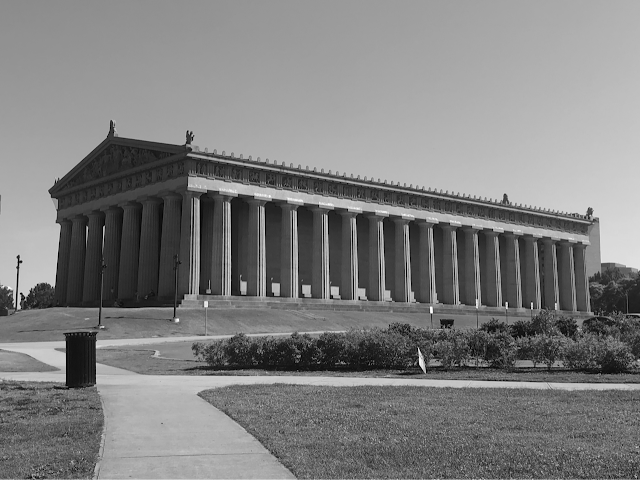Feasts and banquets played a crucial role in ancient societies, serving as grand displays of wealth, power, and religious devotion. These elaborate gatherings were more than just meals; they were social and political events that reinforced hierarchies, solidified alliances, and honored deities.
Feasts as Displays of Wealth and Power
Rulers and elites used banquets to showcase their affluence and influence:
Mesopotamian and Egyptian Feasts: Kings and high-ranking officials hosted lavish feasts featuring exotic foods, fine wines, and elaborate entertainment, emphasizing their divine status and ability to provide abundance.
Roman Banquets: The Roman elite held extravagant convivia (banquets) where guests were served multiple courses, often reclining on couches while being entertained by musicians and poets. These events not only demonstrated wealth but also reinforced social status and political favor.
Chinese Imperial Feasts: Emperors hosted elaborate feasts during important celebrations, using them as opportunities to strengthen loyalty among officials and showcase the empire’s prosperity.
Banquets in Religious and Ceremonial Contexts
Many ancient feasts were deeply connected to religious rituals and seasonal celebrations:
Greek Symposia: These gatherings combined feasting with philosophical discussions and religious libations to honor deities like Dionysus, the god of wine.
Hindu and Vedic Ritual Feasts: Offerings of food to the gods, followed by communal feasting, were central to religious life in ancient India.
Aztec Ritual Feasts: Large-scale feasts accompanied religious ceremonies, with food offerings made to the gods and participants engaging in elaborate performances and sacrifices.
Archaeological Evidence of Ancient Feasting
Archaeological sites provide crucial evidence of ancient feasts:
Minoan and Mycenaean Banquet Halls: Excavations at Knossos and Pylos reveal large feasting spaces with remnants of roasted meats, wine amphorae, and elaborate serving vessels.
Celtic Feasting Sites: Discoveries of vast communal dining areas and cauldrons suggest that feasts were integral to Celtic social and political gatherings.
Ancient Egyptian Tomb Paintings: Depictions of banquet scenes in tombs illustrate the significance of feasting in both life and the afterlife.
Conclusion
Ancient feasts and banquets were more than indulgent gatherings; they were essential to the social, political, and religious fabric of civilizations. Whether used to solidify power, celebrate religious traditions, or reinforce social hierarchies, these events left a lasting impact on cultural traditions that persist in modern celebrations today.







